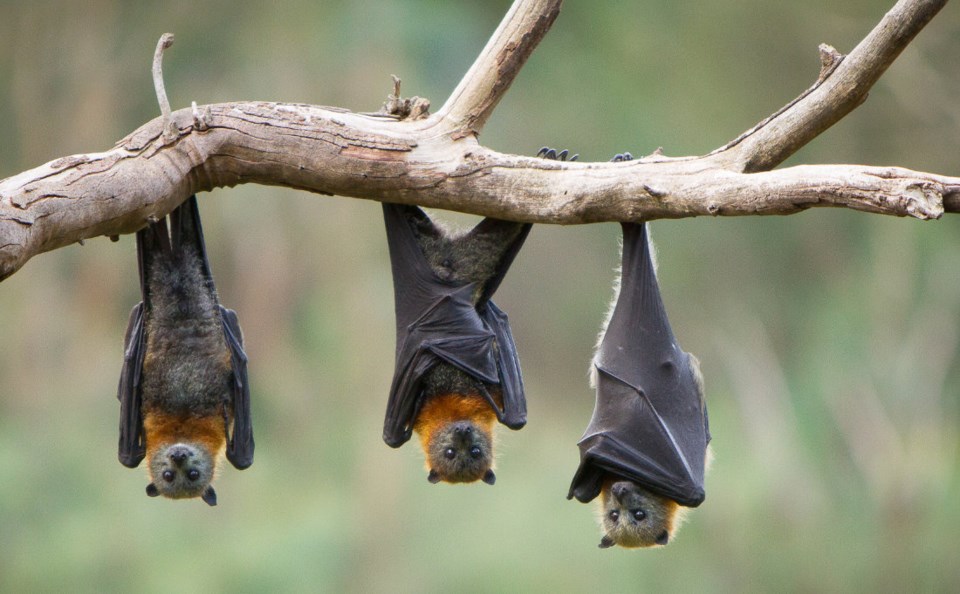Ally McCutcheon, a student at Assiniboine Community College in Brandon is fascinated by bats.
She recently compiled and produced a handbook for bat lovers in order to increase bat awareness and monitoring in Manitoba and Ontario. The handbook contains a wealth of information about the only mammal that is truly capable of sustained flight. Along with a complete listing of the bat species native to these provinces, Ally’s reference manual has facts about the life cycle of bats as well as some areas of concern.
So why should we care about these creatures? One reason is the fact that they play an important role in controlling pest insect populations in Canada. Around 70% of the bats in the world are insectivores and all the bat species in Canada are insectivores. The insects that they feed on are crop pests in agriculture and forestry. A single bat can eat its body weight in insects in just one night.
Another important benefit these animals provide is their ability to act as bioindicators. Bioindicator species are organisms that can reflect wider-scale impacts on the environment. Insectivores like the bats in Canada are sensitive to pesticide accumulations that could be present in their habitat, and they can provide early warning of toxins that might be there.
But the life of a bat is filled with perils. White-nose Syndrome (WNS) is a deadly fungal disease that affects bats in hibernation. The fungus that causes WNS was first introduced from Europe to North America. It was discovered in a cave in Albany, New York in 2006. The fungus thrives in cold humid environments and grows on bats while they are hibernating. It infects the muzzle and wing tissue of bats and spreads easily through contact from bat to bat or from the walls of the cave. Bats with WNS warm up more often during their hibernation than healthy bats, which causes them to lose the energy they need to survive the winter. In some locations where WNS is found, cave-dwelling bats have suffered mortality rates of 90-100%. Currently there is no cure for White-nose syndrome.
As well as this deadly disease, habitat loss is having an increasing affect on bat populations. In Canada, bats live in forests where they can hunt near bodies of water. Habitat loss reduces the available territory that bats need like mature trees for roosts, and it also reduces their area for hunting.
Bats have a bad reputation and we humans have many inaccurate ideas about them. People say all bats carry rabies, drink human blood and fly blindly into our hair where they get tangled up. Not true.
How can we help? One way is to build a bat house on your property. As well as providing a safe roost for the bats, it gives us a chance to observe them, and we can’t help if we don’t learn about these fascinating animals. Factual information is essential.
So, if you are interested in bats, you are not alone. The North American Symposium for Bat Research (NASBR) is a yearly conference where bat researchers and enthusiasts gather to share information. Last year's conference was held in Austin, Texas but this year it is much closer to home. The next NASBR conference will be in Winnipeg in October 2023.
For more information, see www.nasbr.org.




